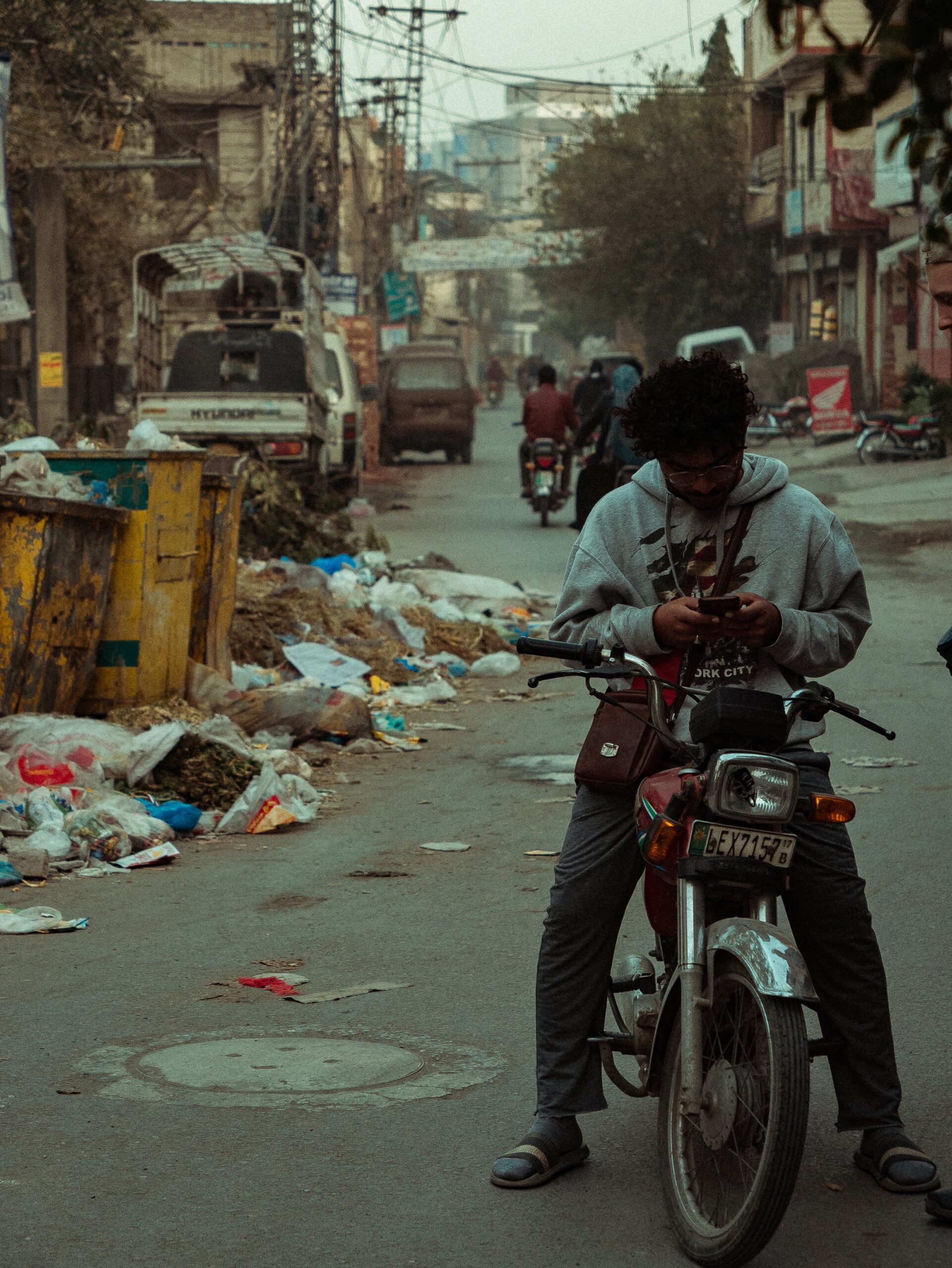Artificial rain was used for the first time in Pakistan last Saturday in an attempt to combat dangerous levels of smog in the metropolis of Lahore.
In the first such experiment in the South Asian country, planes equipped with cloud-seeding technology flew over 10 districts of the city, which is often among the world’s worst places for air pollution.
The “gift” was provided by the United Arab Emirates, Punjab’s caretaker chief minister Mohsin Naqvi said.
Teams from the UAE, along with two planes, arrived here about 10-12 days ago. They used 48 flares to create the rain,” he told the media.
According to him, by Saturday evening the team will find out what the effect of the “artificial rain” was.
The UAE is increasingly using cloud seeding, sometimes called artificial rain or bluesking, to create rain in dry areas of the country.
Weather modification involves dropping common salt – or a mixture of different salts – into the clouds.
The crystals promote condensation, which forms as rain.
This technology has been used in dozens of countries, including the US, China and India.
According to experts, even very light rain is effective in reducing pollution.
Air pollution in Pakistan has increased in recent years as a mixture of low-grade diesel fumes, smoke from seasonal crop burning and cold winter temperatures coalesce into stagnant clouds of smog.
Lahore suffers the most from the toxic smog that suffocates the lungs of more than 11 million Lahore residents during the winter season.
Breathing the poisonous air has disastrous health consequences.
According to the WHO, prolonged exposure can cause strokes, heart disease, lung cancer and respiratory diseases.
Successive governments have used various methods to reduce air pollution in Lahore, including spraying water on roads and closing schools, factories and markets on weekends, with little or no success.
Asked about a long-term strategy to combat smog, the chief minister said the government needed studies to formulate a plan.
But some experts say it is a complicated, expensive exercise whose efficacy in battling pollution is not completely proven, and that more research is needed to understand its long-term environmental impact.












